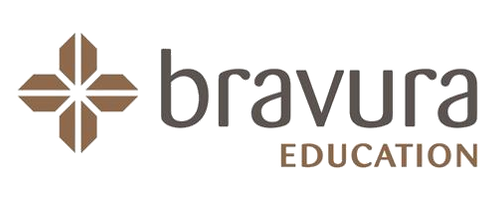
Staying current with industry regulations in laser treatments: A guide for professionals
In the rapidly evolving field of laser treatments, both in cosmetic procedures and medical applications, staying abreast of industry regulations is not just a matter of compliance but also a commitment to professional excellence. The use of lasers in treatments like skin rejuvenation, hair removal, and various medical procedures has surged in popularity. However, this growth brings with it the crucial responsibility of keeping up-to-date with regulatory changes to ensure safety, efficacy, and legal compliance.
Understanding the Significance of Regulatory Compliance
Regulatory bodies, such as the Therapeutic Goods Administration (TGA) in Australia, set standards to safeguard public health and ensure treatments are delivered safely. Compliance with these regulations is not optional; it's a legal and ethical obligation. It's imperative for practitioners to understand that adherence to these regulations directly impacts the quality of care they provide, their professional reputation, and the trust they foster with their clients.
Sources for Reliable Regulatory Updates
Staying informed is key. Here are reliable sources for updates:
- Professional Associations: Bodies like the Australian Health Practitioner Regulation Agency (AHPRA) regularly update their members on regulatory changes.
- Government Websites: The TGA and Department of Health websites are primary sources for the latest regulatory information.
- Industry Journals and Publications: Subscribing to reputable journals in dermatology and cosmetic surgery can provide insights into industry trends and regulatory shifts.
- Continuing Professional Development (CPD) Programs: Engaging in CPD activities can keep practitioners informed about the latest in laser technology and regulations.
Practical Steps for Compliance
- Regular Training: Undertaking regular training programs ensures practitioners are up-to-date with the latest techniques and regulatory requirements.
- Document Review: Regularly reviewing and updating clinic protocols and patient consent forms in line with current regulations.
- Equipment Standards: Ensuring all laser equipment is TGA-approved and maintained according to manufacturer guidelines.
- Risk Management: Implementing a robust risk management strategy that includes understanding the legal implications of laser treatments.
The Impact of Non-compliance
Non-compliance can have severe consequences, ranging from legal action, loss of license, to reputational damage. It can also lead to adverse patient outcomes, which can further erode public trust in the profession.
Embracing Regulatory Changes
Change is inevitable, especially in a technology-driven field like laser therapy. Embracing these changes, rather than viewing them as a burden, can position a practice as a leader in the field. It demonstrates a commitment to patient safety, quality care, and professional integrity.
Key Take Aways
Staying current with industry regulations in the field of laser treatments is not just a regulatory requirement but a cornerstone of professional practice. It ensures patient safety, enhances treatment efficacy, and solidifies the trust and reputation of the practitioner. By utilising reliable sources for updates, adhering to compliance, and embracing change, professionals in the laser treatment field can continue to provide exceptional care while navigating the ever-changing landscape of regulations.
laser training, IPL, LLLT, laser safety course, laser safety training, laser online, laser safety officer certificate, laser safety officer, laser safety officers course, laser hair removal course, laser certificate, laser education, laser tattoo removal course, Brisbane, Queensland, Hobart, Tasmania, Perth, Western Australia, Sydney, NSW, Melbourne, Geelong, Victoria, Adelaide, South Australia, ACT, Canberra, accredited, endorsed, APHRA, CPD, nurse, nursing, laser IPL, doctor, medical, beauty therapist, dermal therapist, laser therapist, laser course, Sydney, Brisbane, Melbourne, laser safety course, low level laser, laser technician, podiatrist, podiatry, dentist, dentistry, physio, physiotherapist, laser course near me, laser course Brisbane, laser course Melbourne, laser course Sydney, laser course Perth, hospital, LSO, perioperative, theatre, surgical, operating suite, ARPANSA, ACORN, online, online course, accredited, endorsed, Laser Safety Committee, Workplace Health and Safety, low level laser therapy, laser tattoo removal, laser hair removal, laser pigmentation removal, RSO, radiation safety officer course, radiation safety officer.
Post Disclaimer
This blog post has been vigilantly researched and fact checked to ensure that it is accurate, reliable and up to date. You must keep in mind that errors and omissions may occur and that we welcome any feedback or corrections in this regard. We encourage you to do your own research to verify the accuracy and contemporary nature of the information presented.
